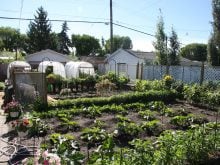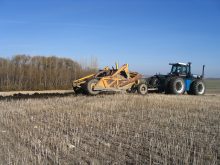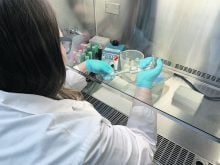Measuring soil nutrients without sending samples to a lab is a rapidly developing area of on-farm agronomy
The soil-sensor market is growing rapidly, so it’s not surprising Olds College deployed multiple systems to see how they hold up in its Smart Farm.
Daniel Stefner of Olds College described four soil nutrient devices and tools the College is evaluating during a presentation at the Alberta Agronomy Update in January.
First up was the probe built by ChrysaLabs out of Quebec that can measure macro and micronutrients along with the number of other soil properties including PH, CEC, moisture and organic matter.
Stefner said this is a simple probe that measures depth up to 27 inches deep.
“The way it works is when you’re in the field you pre-drill or probe a hole and then you put the sensor into the hole at the desired depth. You hit this little green button and it provides a result within about 15 seconds,” Stefner said.
“If you don’t have connectivity, it will backlog it in the sensor. And then when you connect it will upload it to an app.”
He said Olds College is working with the company to provide data sets to help calibrate the sensor for western Canadian soils.
In terms of cost, ChrysaLabs is offered it as a rental at approximately $10,000 per year and users can probe as many sites as they want.
Within the systems app, each probe is georeferenced and there is a full list of nutrients and soil properties.
“A great piece of the functionalities is that like a soil sample, you can make composite soil samples with them. So, we went out, took about 15 in a circle, composited the soil sample and then we can composite the measurements online to view them as an average,” Stefner said.
The next soil nutrient tool the college examined is the iMETOS Mobile Lab, which Stefner said is not really a mobile sampler because the analysis equipment is best used in an office environment.
iMETOS Mobile Lab measures nutrients and solution on a microfluidic chip and has the ability to measure nitrate, ammonia, sodium and chlorine and the company is working to develop the ability to measure more nutrients.
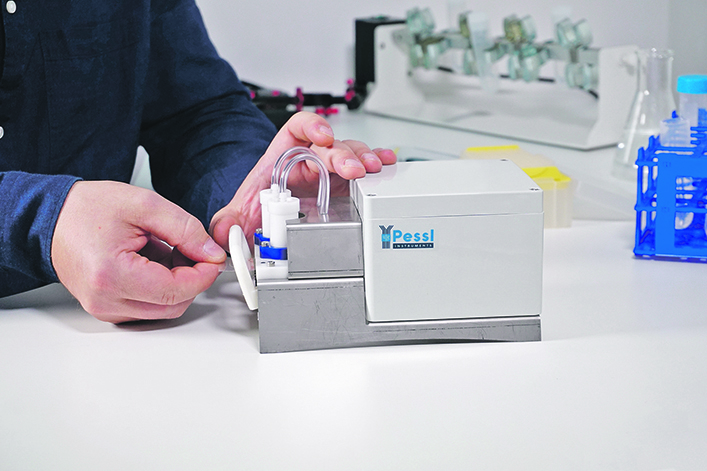
“From the time you get set up to the time you get results it takes about two hours, and you can be running multiple samples at one time,” Stefner said.
“It’s connected directly to a laptop which, walks you through each step, and the cost is about $5,000 for the unit plus $1.30 per sample to account for all of the consumables that you use.”
The Olds College Smart Farm also acquired five Teralytic probes that have soil sensors at six, 18 and 38 inches deep that measure moisture, temperature, pH, salinity, NPK. They also have gas sensors at six and 18 inches deep that monitor aeration, respiration, microclimate conditions.
“Unfortunately, they haven’t worked for us whatsoever. The communication between the companies is kind of MIA. We were originally told that the batteries were either stored or shipped incorrectly,” Stefner said.
“Since then, we haven’t heard anything and if you do a Google search online, you’ll see that many other people have had the very similar experience.”
The Teralytic probes require a LoRaWAN gateway, which should provide real-time readings when working properly.
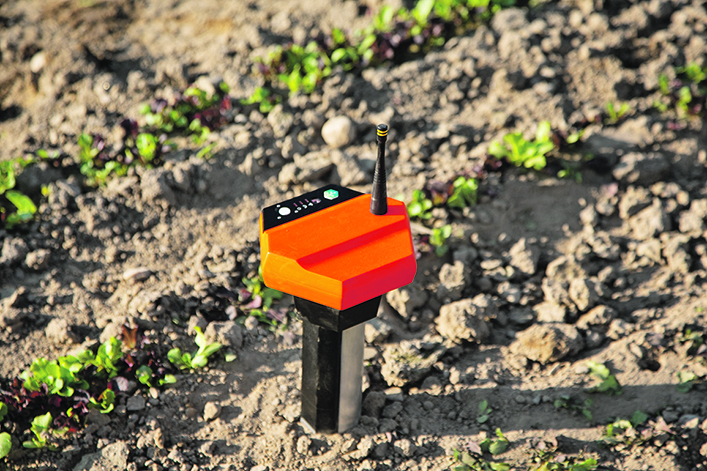
The cost of a single probe for one year is $1,200, plus $2,500 for a gateway, plus a year subscription of $500.
Western Ag Plant Root Simulator (PRS) probes use Ion exchange resin membranes that were developed in 1992 at the University of Saskatchewan.
The orange probes have positive membranes to attract anions such as nitrates, phosphates, and sulfates, while the purple probes have negative membranes to attract cations such as ammonium, potassium, calcium and magnesium.
“To use them you have to install them in the soil for an install period of between one to four weeks, depending on your soil and what you’re after,” Stefner said.

“You take them back to your kitchen or lab, scrub them down with deionized water and then ship them. We found on average that summer took about two weeks to get the sample results back.”
The cost of the PRS probes is $56 per sample site, which included three cation and three anion probes, Stefner said.
He said the nutrient readings of each of the systems were fairly aligned when compared to traditional soil tests.
However, there were large differences in the amount of time required to obtain results, as well as the costs.
In the study, connectivity was a significant issue for the systems that required it, and a good feature for research purposes is the ability of the sensors to log data for later retrieval in areas with spotty connectivity.
Another tip is to monitor the soil characteristics when installing the probes.
Stefner said it’s also important to make sure the probe hardware can withstand western Canadian conditions, including rocks and cold temperatures.







